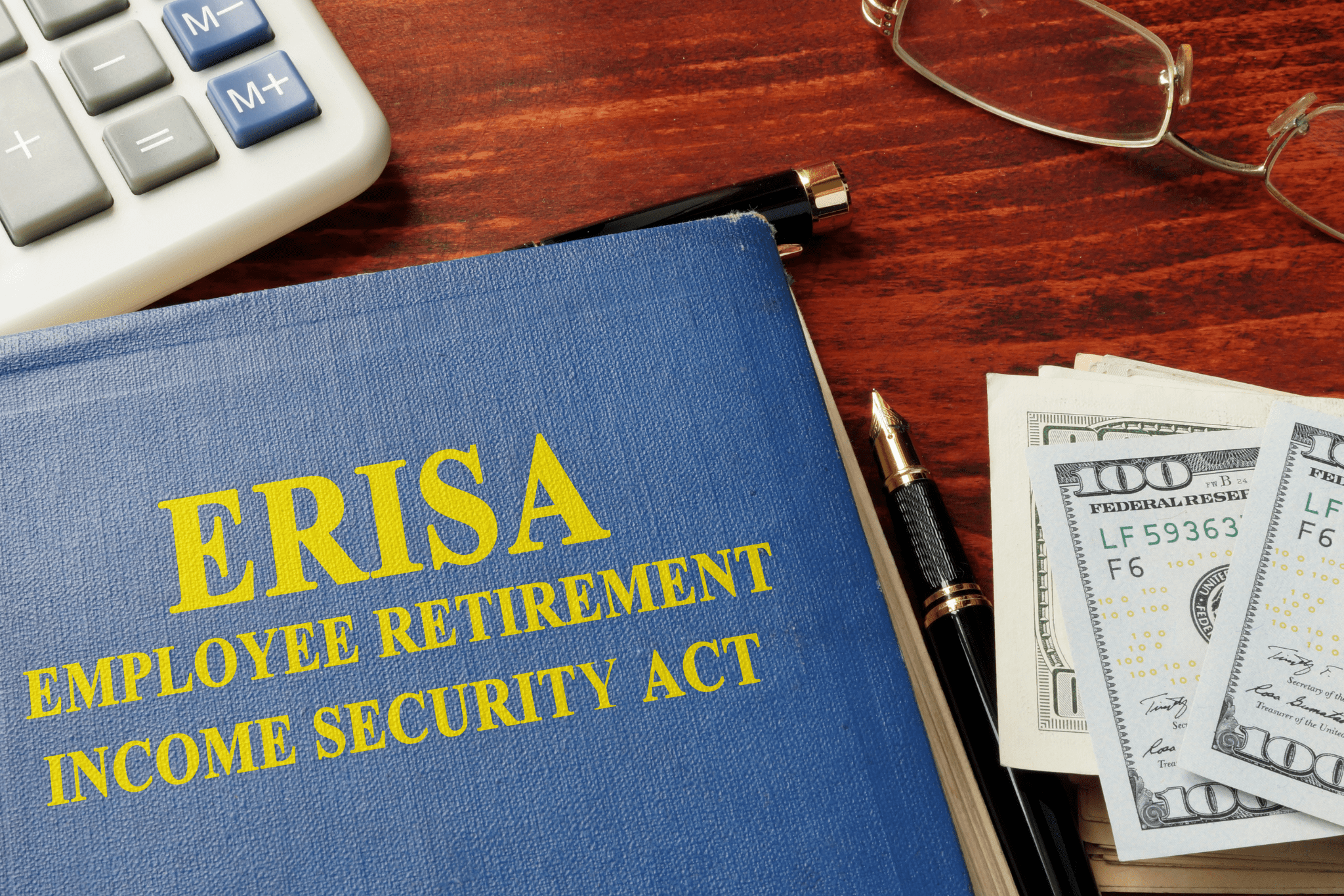Fifty years ago marked the beginning of a new era of financial security.
On September 2, 1974, President Gerald Ford signed the Employee Retirement Income Security Act (ERISA) into law, marking a watershed moment in the protection of retirement and health benefits for American workers. “It is certainly appropriate that this law be signed on Labor Day,” Ford declared, “since this Act makes a brighter future for almost all the men and women of our labor force.” As we commemorate the 50th anniversary of ERISA, it is clear that this historic legislation has shaped the financial well-being of generations of workers, offering critical protections for their retirement, health, and other job-based benefits.
A New Era of Financial Security
ERISA’s passage was a direct response to the instability in retirement plans that left many workers uncertain about their financial future. Prior to ERISA, pension plans were often poorly managed or underfunded, leaving workers vulnerable to losing the retirement benefits they had been promised. The collapse of several major pension funds, including the high-profile failure of the Studebaker Corporation’s pension plan, underscored the need for federal regulation.
ERISA established comprehensive safeguards to protect workers’ retirement savings and health benefits. It set minimum standards for pension plans in private industry, ensuring that employees would not lose their hard-earned benefits due to mismanagement, underfunding, or fraud.
ERISA also created the Pension Benefit Guaranty Corporation (PBGC), a federal agency tasked with ensuring defined benefit pension plans, further strengthening the safety net for workers.
Expanding Protections Over Time
In the decades since its enactment, ERISA’s protections have expanded beyond retirement plans to include a broader range of job-based benefits. These include health benefits, disability insurance, and other welfare plans, ensuring that workers have access to essential protections throughout their employment. The law has also evolved to accommodate significant changes in the retirement landscape, such as the shift from traditional defined benefit pension plans to defined contribution plans like 401(k)s.
Through various amendments, including the Consolidated Omnibus Budget Reconciliation Act (COBRA) in 1986 and the Health Insurance Portability and Accountability Act (HIPAA) in 1996, ERISA has continued to safeguard workers’ access to their benefits even after they leave employment or during life transitions.
The Role of the Employee Benefits Security Administration
As we reflect on 50 years of ERISA, it’s important to recognize the ongoing work of the Employee Benefits Security Administration (EBSA), the agency responsible for enforcing the law.
The EBSA plays a crucial role in developing regulations, educating fiduciaries, assisting plan participants, and vigorously enforcing compliance with ERISA.
The EBSA’s work is essential in ensuring that fiduciaries manage retirement and health plans in the best interests of workers and their families. By providing education and resources to both employers and employees, the agency helps to promote transparency and accountability in the administration of benefits. Additionally, the EBSA’s enforcement efforts have recovered billions of dollars in retirement and health benefits for workers and their beneficiaries, ensuring that the protections promised under ERISA are upheld.
A Lasting Legacy of Protection
ERISA’s impact over the past 50 years cannot be overstated. For millions of American workers, the law has provided a foundation of financial security, safeguarding their retirement savings and health benefits. It has empowered employees to take control of their financial future, giving them the peace of mind that their hard-earned benefits are protected.
As we look to the future, the challenges facing America’s workers continue to evolve. The rise of gig work increased life expectancy, and the ongoing shift toward defined contribution plans all present new questions about how to best protect workers’ benefits in the decades to come. However, ERISA’s legacy of protection remains as relevant as ever. The principles of fiduciary responsibility, transparency, and accountability that underpin the law will continue to guide efforts to ensure financial security for workers.
In marking this milestone anniversary, we not only celebrate the progress made over the last half-century but also renew our commitment to protecting the financial well-being of all American workers in the years ahead.
A More Secure Future
As ERISA turns 50, we honor the foresight of those who recognized the need for stronger protections for American workers. From its passage in 1974 to its ongoing evolution today, ERISA has been a cornerstone of financial security in the United States. Thanks to the continued efforts of the EBSA, workers can be confident that the promises made to them will be kept, ensuring a more secure future for generations to come.
At Heritage Financial Planning, we are committed to helping you navigate the complexities of retirement and financial security through our HFP S.T.A.R. Strategy—designed to deliver personalized, comprehensive financial solutions.
.

Source: Copyright © 2024 FMeX. All rights reserved. Distributed by Financial Media Exchange.












